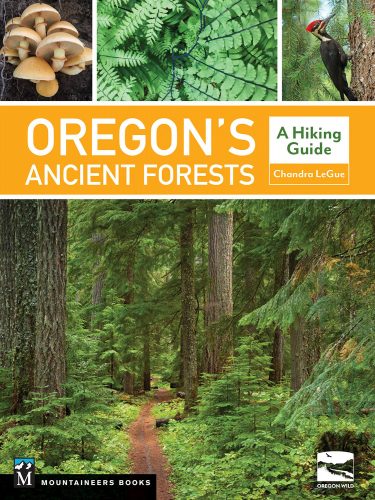
Fire-burned forest landscapes are not the first hiking destinations that jump to mind for many people.
Forest fires tend to elicit feelings of pain and loss, especially after a year like 2020 when so many hit so close to home here in western Oregon on top of COVID-19. It can be hard to visualize some of our favorite places, like the Delta Old Growth Grove or Opal Creek, ever being the same.
But, believe it or not, all the forested trails, campgrounds and riversides you know as lush, mossy sanctuaries have burned at one time or another in the past.
Forests recovering naturally from burns are some of the most interesting and beautiful to visit. Some signs of past fires are quite subtle.
For example, along the popular Brice and Goodman creek trails, you might see that one side of massive 5-foot diameter Douglas-fir trees are blackened to 20 feet off the ground — remnants from a past fire that these fire-adapted trees survived. Other fire effects are more noticeable along the trails.
A few favorites where you can see natural fire recovery at work — including fire-burned snags, wildflowers and thriving young trees include:
Bunchgrass Ridge Trail: Thirty years after the Warner Creek fire, this trail east of Oakridge showcases summer wildflowers, great views as well as a beautiful mix of live and dead old-growth trees.
North Waldo Shoreline Trail: High elevation and a hot fire in 1996 left a huge scar on the north side of Waldo Lake. Today, fire recovery is evident, views are gorgeous and plant life is thriving.
Middle Fork Willamette Trail at Chuckle Springs: The Tumblebug Fire of 2009 changed the lush forest along this stretch of the Middle Fork Willamette Trail, but left behind a huge variety of fire impacts from low to severe to explore.
Chandra LeGue of Eugene is the author of the book Oregon’s Ancient Forest: A hiking guide and is the western Oregon field coordinator for Oregon Wild.